Question
How many persons sit between J and E when counted from
the left of J?Solution
Only 5 persons sit between A and I when counted from the right of A. K sits second to the left of I. 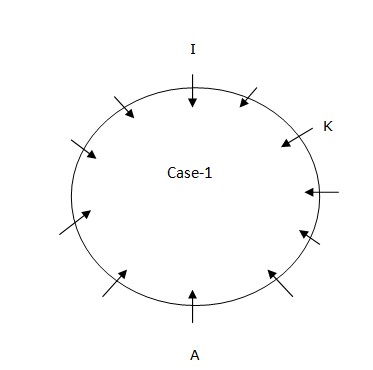 Only four persons sit between K and J. Here we get two possibilities Case (1) and Case (2).
Only four persons sit between K and J. Here we get two possibilities Case (1) and Case (2). 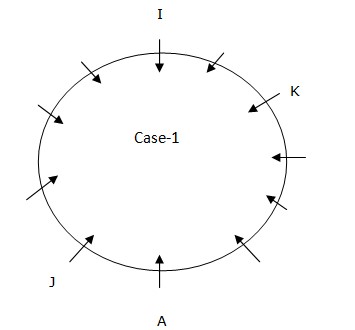
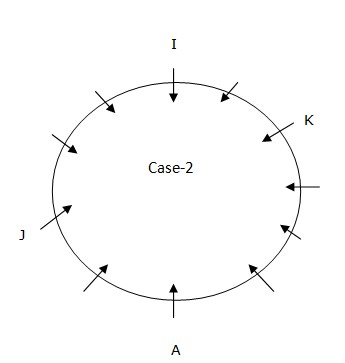 D is an immediate neighbor of J. B sits fifth to the right of D.
D is an immediate neighbor of J. B sits fifth to the right of D. 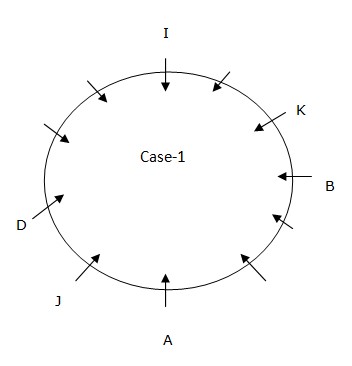
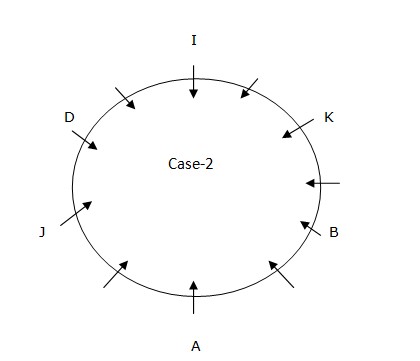 H sits third to the left of K. E sits second to the left of C. Here Case 1 gets eliminated.
H sits third to the left of K. E sits second to the left of C. Here Case 1 gets eliminated. 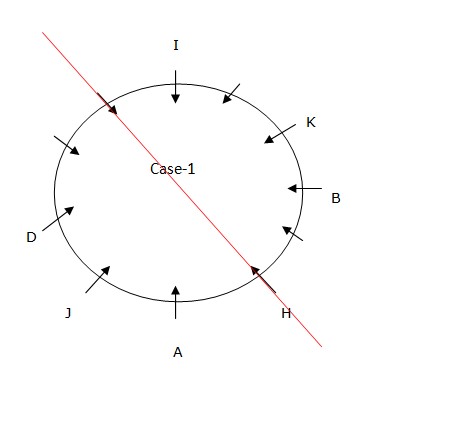
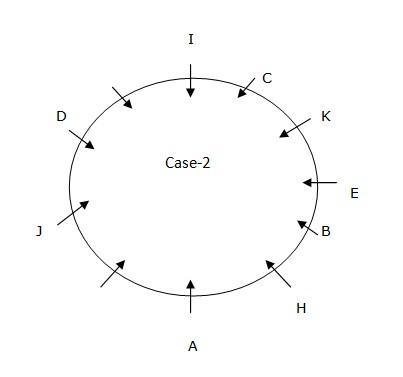 Number of letters between E and I in the alphabetical series is same as the number of persons sitting between A and G.
Number of letters between E and I in the alphabetical series is same as the number of persons sitting between A and G. 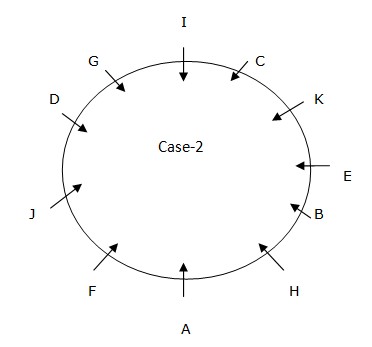
Who wrote the state and traditional song of Assam, titled "O Mur Apunar Dekh"?
As per the RBI’s revised directions, what is the minimum CRAR required for a UCB to be classified as "Financially Sound and Well Managed (FSWM)"?
What is India's total installed rooftop solar capacity as of March 2024?
In the RBI’s circular on hedging foreign exchange risk, what is the maximum notional amount for derivative contracts involving INR without requiring u...
In July 2024, which economic indicator was recorded as the lowest in the last 59 months?
For the success of Chandrayaan – 3 mission, who has been awarded with the International Astronautical Federation (IAF) World Space Award?
In which year were two additional Election Commissioners appointed to the Election Commission of India?
According to the latest employment-unemployment indicators report released by the National Statistical Office (NSO), what was India's unemployment rate ...
What is the total outlay for the newly approved M-CADWM sub-scheme under PMKSY?
When is National Javelin Day celebrated annually?
Relevant for Exams:


